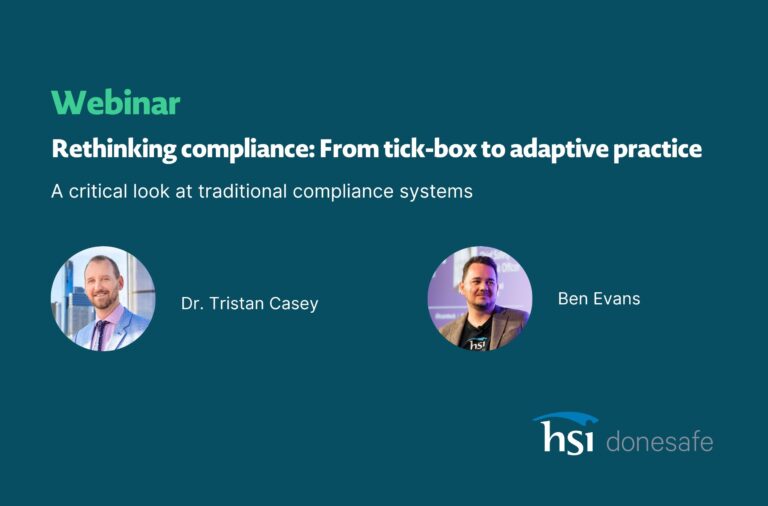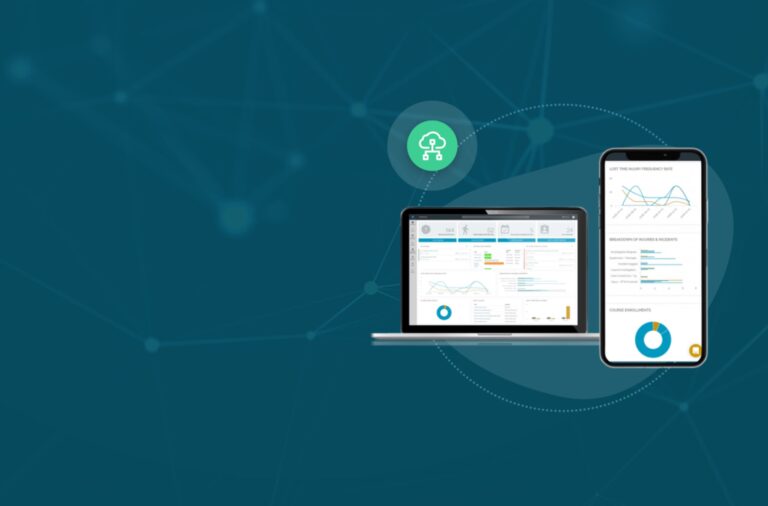
[The following article references data available on the Headsup website]
If you ask somebody what types of things are involved in workplace health and safety, often one of the last things that come to mind is mental health.
Now if you think that mental health shouldn’t be something that business owners should have to worry about DON’T CLICK AWAY; you’re about to change your mind.
The case for a mentally healthy workplace.
Based on data from headsup.org.au and PWC research, at any given time 1 in 5 employees are likely experiencing a mental health condition. Now that’s not a small number, and as you might expect, it does have financial repercussions.
For every person experiencing depression, you’ll see three to four days off work per month. This results in over 6 million working days lost each year and 12 MILLION days worth of reduced productivity.
Headsup reported that the net negative of this is that mental health costs Australian businesses a massive $10.9 billion dollars a year. (That’s billion. With a “B”).
Regardless of how you look at it, whether you want to factor in workplace mental health or not doesn’t really matter: it’s affecting your business.
The financial case for workplace mental health.
According to research by PWC, the return on investment for mental health spend is surprisingly good. For every $1 spent on effective mental health initiatives, the business achieves an average ROI of $2.30. In fact, they’ve provided a tool that will help you estimate the return on investment for your specific industry and business size here.
This ROI comes in the form of regained lost time, as well as improved efficiency as a result of happier staff, and savings on lost staff. In this regard, it also has a roll-on effect. Becoming known as a desirable employer can help you attract better, more enthusiastic staff.
Finally, from a feel-good perspective, isn’t it just better to work in a happier workplace? (and hey, it isn’t going to hurt for PR)
The legal case for a mentally healthy workforce
If you don’t feel like enjoying the financial carrots, consider that there are plenty of legal sticks to worry about too. Considering mental health as part of a health and safety program can often be a rather unpopular idea; particularly with overstretched business owners. Regardless of that here’s the responsibility:
- Work health and safety legislation requires employers to ensure (as reasonably practicable) that workplaces are both physically and mentally safe and healthy. This responsibility extends also to the employee.
- Workplaces cannot discriminate or take adverse action against an employee for a mental disability.
- Employers cannot disclose the details of a worker’s private mental health issues without their express consent.
As an aside: There’s a key terminology here that should be mentioned also; “As Reasonably Practicable”. SafeWork NSW has a web page devoted to that term which is worth checking out. We’re going to be doing a blog in the future on this one, so if you want to catch that make sure you subscribe below:
How to take steps towards a more mentally healthy workforce.
Taking steps towards a happier workforce isn’t as difficult as you might think. Some commonsense approaches can have a significant positive effect on your workplace’s wellbeing.
The Headsup website identifies 10 actions to take towards a more mentally healthy workforce.
- Increase awareness of mental health conditions
- Reduce stigma
- Increase awareness of mental health responsibilities
- Increase awareness of what you’re going
- Support employees with mental health conditions
- Empower employees to help
- Create a discrimination-free workplace
- Monitor workloads and working hours
- Ensure a zero-tolerance approach to bullying
- Clarify job roles and expectations.
[This list was sourced from an awesome Headsup infographic here: https://www.headsup.org.au/docs/default-source/resources/ten-tips-infographic.pdf?sfvrsn=4]
One other amazing tool the Headsup website provides is an action plan generator to help you develop a program molded to your business. You can access that resource here.
Why should you have to worry about it though?
A common criticism that is often experienced is that business owners, especially SME, feel strained with current health and safety concerns and don’t have the bandwidth to accommodate what may be considered as a personal issue.
Yes, mental health may just seem like one more thing to worry about in the workplace health and safety space; all while you’ve got a business to run. Consider this though; if you don’t have a good mental health program at your workplace, it will already be negatively affecting your business. Regardless of any legislation, and whether or not you know it yet, poor mental health is a silent problem. It might not be as obvious as a workplace injury, but it’s very likely costing you as much time and money, and you don’t even know it.
It’s here where that amazing ROI comes into effect. When you invest in a good mental health program you’re investing in improving your workforce.
That’s an investment that I think we can all get behind.
And as always, Stay safe out there.
By Christopher Notley-Smith at donesafe.com
For a paperless, jargon-free business safety solution that you can manage from your phone, click here to get in contact and ask about how you can try Donesafe for FREE or visit our features page to find out more.
PS. If you’re struggling with mental health issues please visit the BeyondBlue site for support, advice, and action. https://www.beyondblue.org.au/
[Sources]
- https://www.headsup.org.au/creating-a-mentally-healthy-workplace/the-business-case – Accessed 6/06/16
- https://www.headsup.org.au/ – Accessed 6/06/16
- https://www.headsup.org.au/docs/default-source/default-document-library/research-by-pricewaterhouse-coopers.pdf?sfvrsn=0 – Accessed 6/06/16
- http://www.safework.nsw.gov.au/law-and-policy/employer-and-business-obligations/reasonably-practicable – Accessed 6/06/16
- https://www.headsup.org.au/docs/default-source/resources/ten-tips-infographic.pdf?sfvrsn=4 – Accessed 6/06/16
- https://www.headsup.org.au/creating-a-mentally-healthy-workplace/taking-action/action-plan – Accessed 6/06/16
- https://www.headsup.org.au/docs/default-source/resources/ten-tips-infographic.pdf?sfvrsn=4 – Accessed 6/06/16
- https://www.beyondblue.org.au/ – Accessed 6/06/16
- https://www.headsup.org.au/docs/default-source/resources/bl1270-report—tns-the-state-of-mental-health-in-australian-workplaces-hr.pdf?sfvrsn=8 – Accessed 6/06/16
Share:



